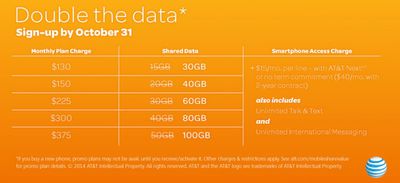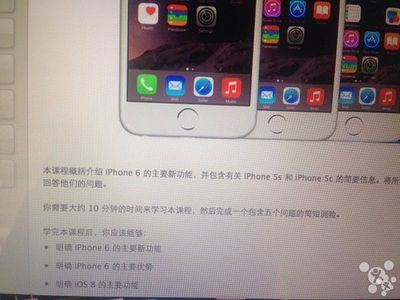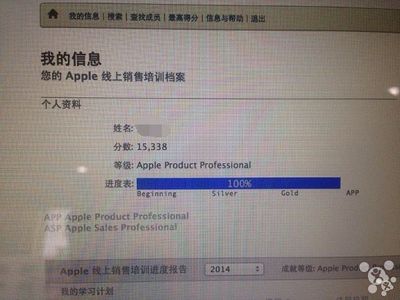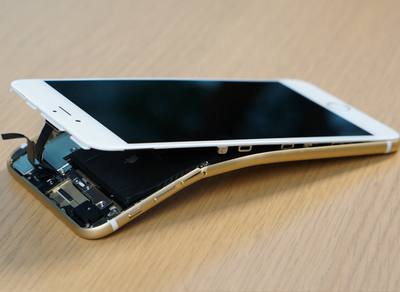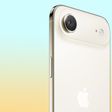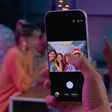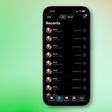Apple has announced that it will be begin selling the iPhone 6 and iPhone 6 Plus beginning Friday, October 17. The devices will be available through Apple's online store and retail locations in China and will also be sold at China Mobile, China Telecom, and China Unicom stores. Customers in China will be able to pre-order the iPhone 6 and iPhone 6 Plus beginning Friday, October 10.
Pricing for the 4.7-inch iPhone 6 will start at 5,288 RMB ($860) for the 16GB model, 6,088 RMB ($990) for the 64GB model, and 6,888 RMB ($1120) for the 128GB model. The 16 GB, 64 GB, and 128 GB iPhone 6 Plus models will sell for 6,088 RMB ($990), 6,888 RMB ($1120), and 7,788 RMB ($1267), respectively. All iPhone 6 and iPhone 6 Plus models will be available in gold, silver, and space gray variants.
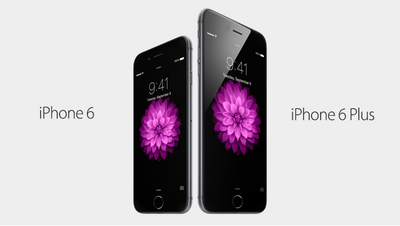
“We are thrilled to bring iPhone 6 and iPhone 6 Plus to our customers in China on all three carriers at launch,” said Apple’s CEO Tim Cook. “With support for TD-LTE and FDD-LTE, iPhone 6 and iPhone 6 Plus customers will have access to high-speed mobile networks from China Mobile, China Telecom and China Unicom for an incredible experience.”
Earlier today, it was revealed that Apple had received the final license needed to start iPhone 6 sales in China. The iPhone 6 and iPhone 6 Plus launched in the first wave of countries on September 19, and was made available to more countries last Friday, September 26. Apple revealed on September 22 that it had sold ten million units of both phones in its opening weekend, breaking the previous record of nine million units set by the iPhone 5s and iPhone 5c last year.


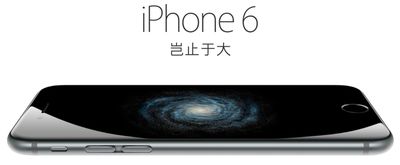
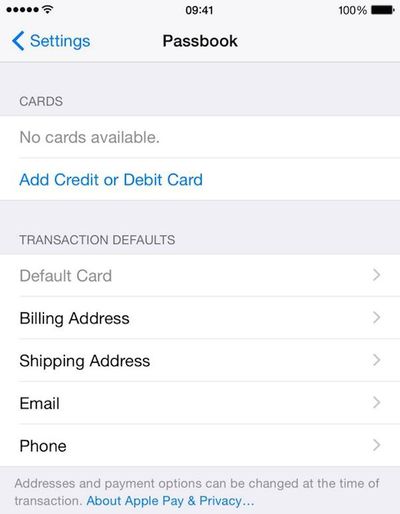

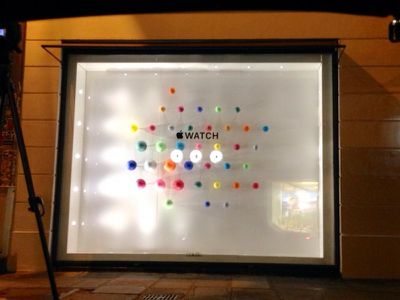
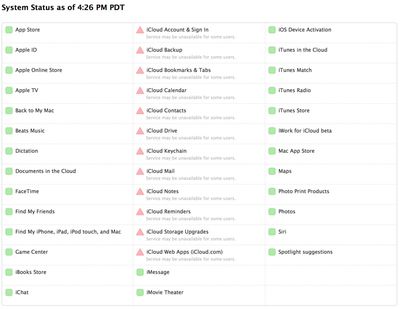

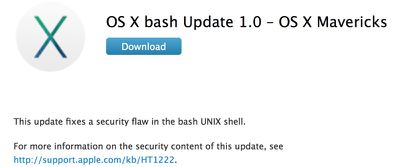


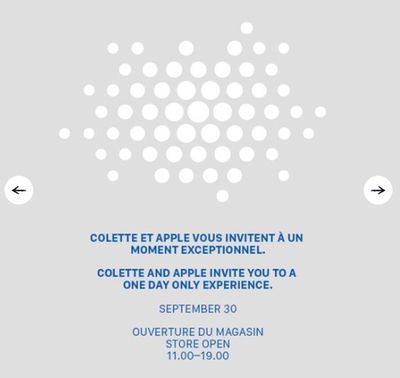
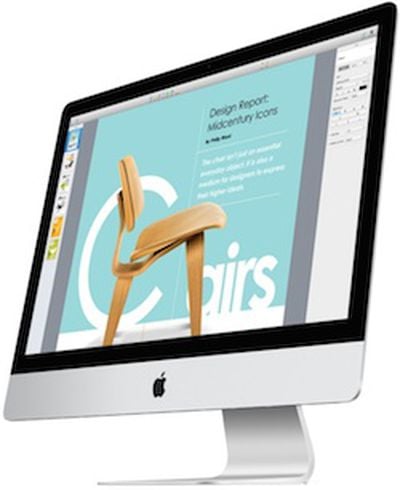 Following several recent reports on Apple's long-rumored ultra-thin 12-inch notebook, Jack March is
Following several recent reports on Apple's long-rumored ultra-thin 12-inch notebook, Jack March is 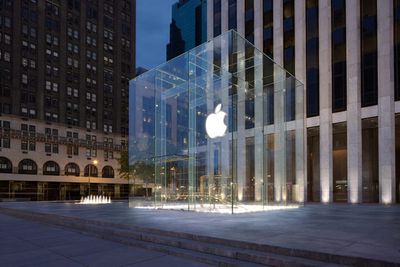
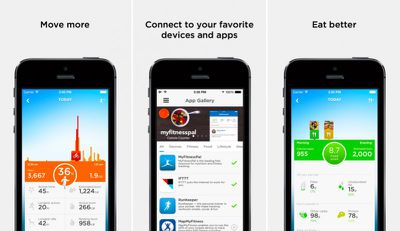
 With the release of iOS 8, Safari has gained the ability to display
With the release of iOS 8, Safari has gained the ability to display 